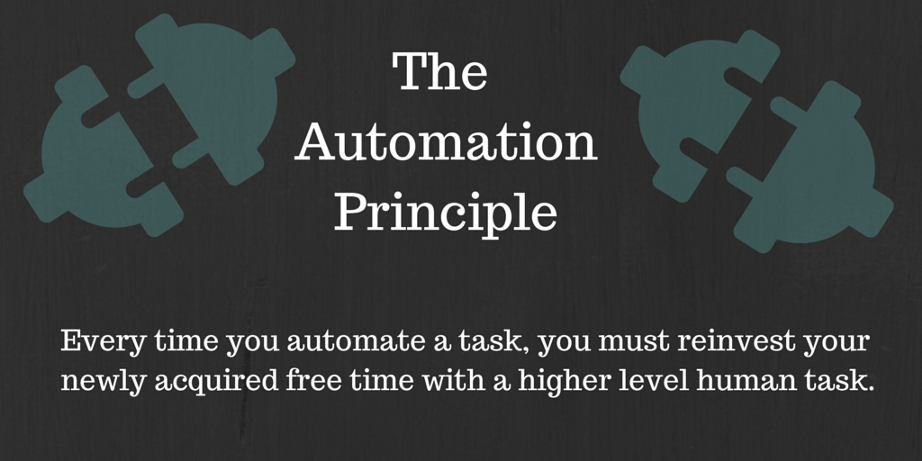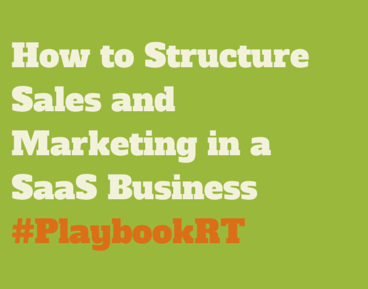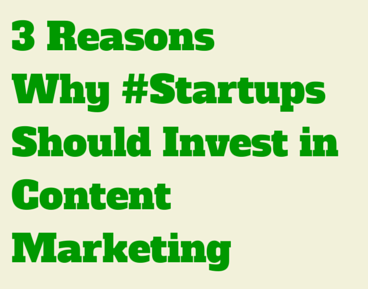There’s a myth out there that helpdesk companies like to perpetuate about customer service automation — that it will save you time, that all your competitors are doing it, and you need to have it too so you can go work on more important things.
Except this it isn’t true.
As our friends at Buffer like to say about social media automation, “It’s not a rotisserie oven. Please don’t set it and forget it.” The same goes for customer service automation.
All awesome technology requires equally awesome people and processes to build it into a meaningful competitive advantage.
Automation is the technology component of the wonderfully productive golden triangle of people, process and technology. Each requires the other two to make a tangible impact on business.
Take people and process out of the equation, and it looks a lot like the modern-day self-checkout.
48% of people don’t love self-checkout
The Mindy Project, a FOX sitcom, captures at least half of humanity’s sentiments about the self-checkout.
Mindy’s childhood love has just come back from a long stint in the army, miles away from any supermarket innovation.
Things have changed. There is now self-checkout.
Yea, if the future is a fiery dystopia. She puts it in the bag like the machine says.
Useless, right? You might as well bark over the intercom:
“Good afternoon customer, we are replacing the privilege of human contact at the checkout counter with robots. You will now interact with a robot that you’ve never been trained to use. We will task a single associate to supervise the whole self checkout section, so if you run into a problem while checking out during rush hour, you’re on your own. Good luck thumbing through our massive directory of fruit and vegetable codes to find ‘heirloom tomatoes’. You would think it’s under H, but it’s actually under T. Thanks for shopping with us today.”
Some people don’t like self-checkout.
Check out the line at Whole Foods
Only 52% of consumers prefer self checkout. This automation innovation is by no means a runaway success.
Another 48% are opting for the human checkout experience probably for the same reasons as tech writer Farhad Manjoo:
The human doesn’t expect me to remember or look up codes for produce, she bags my groceries, and unlike the machine, she isn’t on hair-trigger alert for any sign that I might be trying to steal toilet paper.
Best of all, the human does all the work while I’m allowed to stand there and stupidly stare at my phone, which is my natural state of being. (WSJ)
Customers stand in one long line and walk to their color-coded counters when it’s their turn.
This is a great example of how automation can be used to assist — not replace — human employees.
The benefits are worth it. Customers enjoy the personal attention of a store associate and more importantly, they don’t have to work the register to be able to walk out with your groceries. Oh, and how about those nice last- minute impulse buys?
Stick to your (automation) principles
There’s a general principle that successful customer-centric businesses tend to follow. We call it The Automation Principle.
Here’s where that comes from: some businesses believe that automation exists to free up their time. But better businesses use automation to reinvest their new free time in better human-to-human service.
Automation should support your support. If you’re automating any personal interactions, you’re doing it wrong.
With that in mind, here are little “human hacks” that are total winners:
Automation is your little helper
Follow up on a ticket
The scene: You’ve provided a fix to your customer’s problem. Now it’s up to them to implement the fix.
What to automate: Schedule a follow up date.
The human hack: Write a unique and personal message to ask if they resolved the problem or need extra help.
If several members of the team were involved with solving an issue, the initial point of contact should schedule a follow up to check in: “Is there anything else I can help you with?”
Build your knowledge base engine
The scene: You’ve been answering or resolving the same issues over and over again.
What to automate: Run a report linking tags + priority level to see which inquiries are the most frequent and pressing.
The human part: Now that you know what’s tripping up our customers most often, prioritize those help articles first.
Celebrate customer milestones
The scene: Your customer has just been through a milestone with your product: it could be their first 10 followers, completing a level, referring you to a friend, or trying a new feature.
What to automate: Set up an email trigger to notify you of the customer’s milestone.
The human part: Sure, send a personal email, but could you work on something bigger? Invent a way to take the relationship offline.
Creative Market, a marketplace for designers, is seriously raising the bar. Every time a seller makes their first sale, it triggers an email. Then someone on the team sends across handwritten card along with a dollar bill. How’s that for inspiring?
The Takeaway
It takes time to find the right balance between automation and human-to-human engagement.
But you’ll find that if you’re doing it right, your customer service team will be busier than ever: upping their game, building new ways to engage your customers and the new face of your company. Like an unstoppable machine.
When in doubt, be human.
This post was originally published by Kayako at Medium.com











 The discussions continued post-lunch in the
The discussions continued post-lunch in the  Effective sales professionals have always been effective communicators. One way to communicate is through storytelling. We use well-crafted stories that build our credibility with prospects, and we capture not only their interest, but also their belief in our capabilities and our ability to relate to their world. Telling stories is a valuable way to connect with prospects and illustrate how our products or services can positively impact their business. We want to share stories that communicate our credibility and expertise in the field, whether they are in the form of an email, social media post, or webpage. Today, we not only need to be able to tell our stories in a conversation, we also need to be able to tell our stories online to capture the interest of our prospects.
Effective sales professionals have always been effective communicators. One way to communicate is through storytelling. We use well-crafted stories that build our credibility with prospects, and we capture not only their interest, but also their belief in our capabilities and our ability to relate to their world. Telling stories is a valuable way to connect with prospects and illustrate how our products or services can positively impact their business. We want to share stories that communicate our credibility and expertise in the field, whether they are in the form of an email, social media post, or webpage. Today, we not only need to be able to tell our stories in a conversation, we also need to be able to tell our stories online to capture the interest of our prospects.


 While this is definitely good news for start-ups, the reality is that they often don’t have the time, resources or know-how to turn their organization into a lean, mean content marketing machine. Just like that, developing content often gets relegated to the bottom of the team’s to-do list, or simply isn’t a priority at all. However, the cost of missing out on the content marketing game is high: start-ups are essentially forgoing an opportunity to attract customers. In fact,
While this is definitely good news for start-ups, the reality is that they often don’t have the time, resources or know-how to turn their organization into a lean, mean content marketing machine. Just like that, developing content often gets relegated to the bottom of the team’s to-do list, or simply isn’t a priority at all. However, the cost of missing out on the content marketing game is high: start-ups are essentially forgoing an opportunity to attract customers. In fact,  If we only understand sales, we’re just salespeople to our prospects and nothing more. We can’t just be experts in selling. We need to be experts in our customers’ industries, too. When we understand the overall industry, prospects’ business, and their specific issues, we become business experts. That’s the key to selling value, and that’s when a sale can start to happen.
If we only understand sales, we’re just salespeople to our prospects and nothing more. We can’t just be experts in selling. We need to be experts in our customers’ industries, too. When we understand the overall industry, prospects’ business, and their specific issues, we become business experts. That’s the key to selling value, and that’s when a sale can start to happen. If you are a B2B startup building an innovative enterprise product, it’s the dream of millions of users that keeps you going in the initial days. Sometimes however, as you acquire early customers and users for your product, it seems that the demands they make and attention they seek is almost distracting you from your dream! And they are not even using the coolest and most innovative features you designed. Sounds familiar?
If you are a B2B startup building an innovative enterprise product, it’s the dream of millions of users that keeps you going in the initial days. Sometimes however, as you acquire early customers and users for your product, it seems that the demands they make and attention they seek is almost distracting you from your dream! And they are not even using the coolest and most innovative features you designed. Sounds familiar?




 Likewise, skilled sales professionals will diagnose a situation, and then demonstrate more value to their prospects through the questions they ask…not the answers they give.
Likewise, skilled sales professionals will diagnose a situation, and then demonstrate more value to their prospects through the questions they ask…not the answers they give. The way that we have done business in the past and the way it is now have undergone a transformation, a digital revolution indeed. A few years ago, Facebook was hardly known; LinkedIn’s presence was not felt. But today digital is all over the place. With marketing undergoing major transformation, and will continue to evolve as we move forward, as a CEO or a CMO, have you utilized the ‘Power of Digital Marketing’ in your business?
The way that we have done business in the past and the way it is now have undergone a transformation, a digital revolution indeed. A few years ago, Facebook was hardly known; LinkedIn’s presence was not felt. But today digital is all over the place. With marketing undergoing major transformation, and will continue to evolve as we move forward, as a CEO or a CMO, have you utilized the ‘Power of Digital Marketing’ in your business?